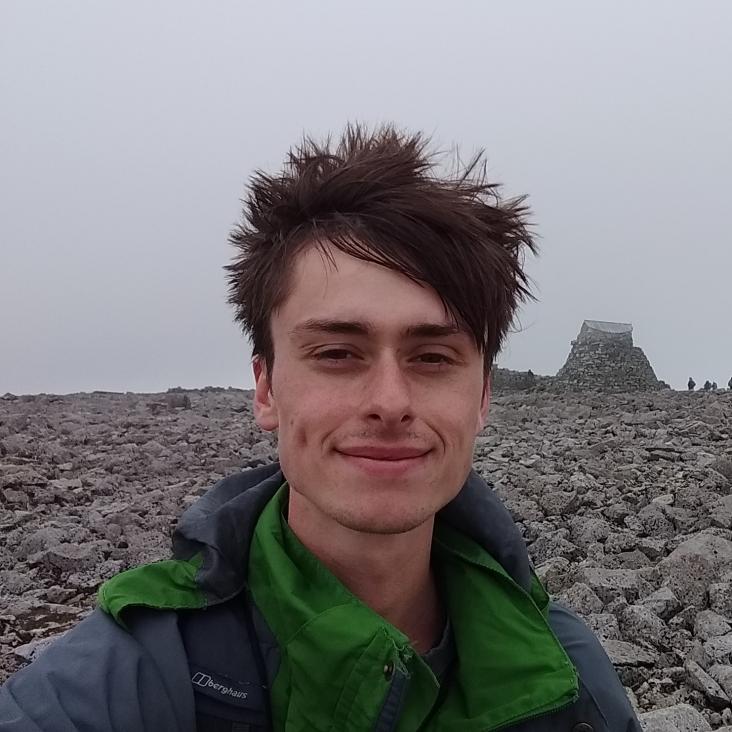Goldstone modes in the emergent gauge fields of a frustrated magnet
Physical Review B American Physical Society 101:2 (2020) 024413
Abstract:
We consider magnon excitations in the spin-glass phase of geometrically frustrated antiferromagnets with weak exchange disorder, focusing on the nearest-neighbor pyrochlore-lattice Heisenberg model at large spin. The low-energy degrees of freedom in this system are represented by three copies of a U(1) emergent gauge field, related by global spin-rotation symmetry. We show that the Goldstone modes associated with spin-glass order are excitations of these gauge fields, and that the standard theory of Goldstone modes in Heisenberg spin glasses (due to Halperin and Saslow) must be modified in this setting.From single-particle excitations to sound waves in a box-trapped atomic Bose-Einstein condensate
Physical Review A American Physical Society 99 (2019) 021601(R)


